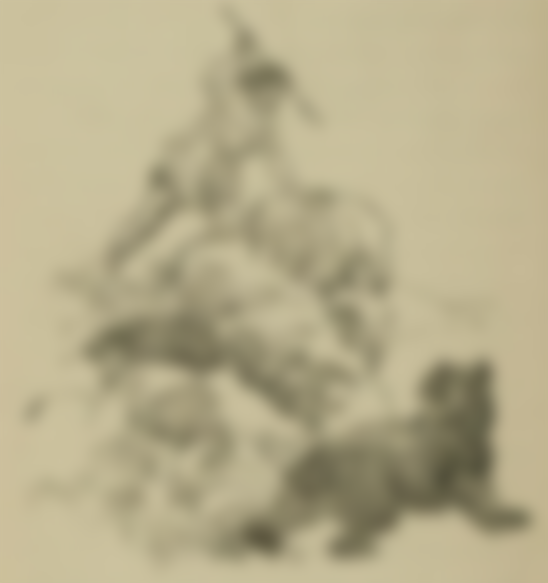They say that in the days of cavemen life was short, brutal and beastly, yet, the fossil evidence suggests a very different picture. For the last 50,000 years or so of the Ice Age (the total duration of the Ice Age was one and a half million years) the truth is that "primitive" man in Europe was more long-lived and better nourished than his successors until more recent times. Only in the last century has a fraction of humanity reached a point where the demography of the late Ice Age is outdated. As for brutality, the weapons of Ice Age man were used for hunting, which at least in European latitudes was the main means of subsistence, while evidence of warlike aggression is rare and uncertain. Speaking of bestiality, the Ice Age man had a remarkable cultural capacity and some of the works that came to us are among the most beautiful that have been badly created.

The Neanderthals had lived in Europe for at least 100,000 years and are the pinnacle of the European evolutionary line that began perhaps a million years earlier. Over such a long period, and across a whole continent, it is fair to suspect that many different communities have flourished, including some that would arouse our admiration and others that would seem detestable. Some of the early Neanderthals were certainly cannibals, but the Neanderthals would later bury their dead. Also, they were long-lived and cared for the elderly and the disabled. Not even the successors of the Neanderthal man in Europe, the so-called Cro-Magnon (Homo sapiens) were particularly warlike. They left thousands of paintings for posterity, showing the important things in their lives. Look at the so-called early civilisations of Egypt, Assyria, Babylon: endless processions of warriors, the carnage of defeated enemies; the victorious hero who defeated his opponents by subduing him.

The art of the Ice Age moves in a completely different field: its subjects are animals, plants, hunters, women, erotic activity. There are also heroes, but the adversary with whom they clash and who can kill them is the great "game" of life: survival (in a famous scene of the paintings discovered in Lascaux, the hunter falls victim to a wounded bison). The weapons used are those of the hunter, like the spear and the harpoon, and not those of the warrior, like the sword, the shield and the bat. So we can conclude that wars are not at all "natural" for man. In the myths currently in vogue, the first men have been described as killer monkeys, or as harmless shellfish gatherers, to name just two of the alternatives. Whatever crumb of truth there may be in such suggestions refers to a much earlier stage of human evolution. The men of the late Ice Age were human beings and we can expect to find in them the whole spectrum of humanity, from foolish to wise, from bad to holy.

They lived within the restrictions imposed by their environment, their beliefs and customs, yet they always pressed against these limits, seeking shortcuts to happiness. Love and hate, daring and cowardice, vanity and modesty, strength and weakness: everything was there because those people were of our flesh and blood. The Neanderthal man, with his dragging gait, clumsy movements and general bestiality, originated from the first palaeontologists, who saw what they wanted to see: a creature recently emerged from the monkey kingdom, which made a pleasant contrast with our superiority. We now know that the chronology of human evolution goes much further back in time and that man was already a perfect biped almost four million years ago, as fossilized footprints prove. Therefore, it is presumable that the Pliocene man moved with the grace and precision of a perfectly trained athlete.

We know nothing about the language of these Ice Age populations. Their highly organised culture and anatomy (which, as far as the Sapiens were concerned, was identical to ours) suggest that it was as structured and expressive as the language of any hunter population today. For this reason, they, of course, spoke the language of their time.





